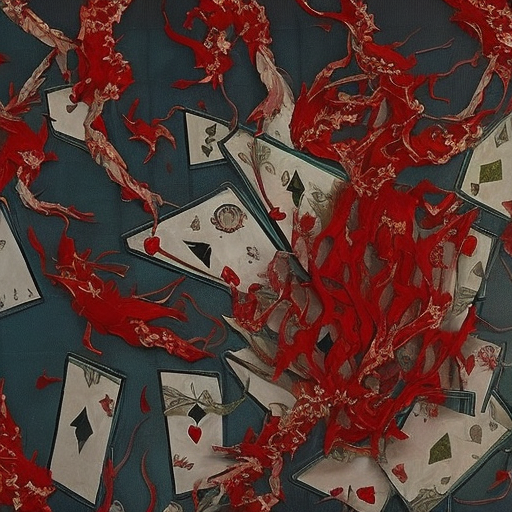Casino by Martin Scorsese
Summary: “Casino” is a gripping crime drama directed by Martin Scorsese that delves into the dark underbelly of Las Vegas, exploring the corrupt and violent world of casino operations in the 1970s and 1980s.
Main Cast and Crew:
- Director: Martin Scorsese
- Writer(s): Nicholas Pileggi, Martin Scorsese
- Key Actors: Robert De Niro as Sam “Ace” Rothstein, Sharon Stone as Ginger McKenna, Joe Pesci as Nicky Santoro
- Music Director: Robbie Robertson
- Director of Photography: Robert Richardson
- Producers: Barbara De Fina, Joseph P. Reidy
Plot:
Set in the 1970s and 1980s, “Casino” follows the rise and fall of Sam “Ace” Rothstein, a skilled gambler who is appointed by the mob to run the Tangiers Casino in Las Vegas. As Ace transforms the casino into a profitable venture, he falls in love with Ginger McKenna, a former prostitute and hustler. However, their relationship becomes strained due to Ginger’s drug addiction and her affair with Ace’s volatile childhood friend, Nicky Santoro.
As the casino flourishes, the mob’s involvement becomes increasingly evident, leading to conflicts between Ace and Nicky. Nicky’s violent tendencies and reckless behavior threaten to jeopardize the casino’s operations and expose their criminal activities to the authorities. As tensions escalate, the FBI begins to investigate the casino’s connections to organized crime.
Amidst the chaos, Ace struggles to maintain control over the casino while dealing with Ginger’s destructive behavior and the constant threat of the mob. The film explores themes of loyalty, betrayal, greed, and the corrupting influence of power as it delves into the dark side of the gambling industry.
Themes and Motifs:
“Casino” explores the theme of the American Dream and its corrupting influence. It portrays Las Vegas as a microcosm of society, where ambition and greed drive individuals to extreme measures. The film also examines the destructive nature of addiction and the consequences of unchecked power.
Scorsese masterfully uses motifs such as voice-over narration, flashy visuals, and a non-linear narrative structure to immerse the audience in the high-stakes world of casinos. The use of vibrant colors and elaborate set designs adds to the film’s visual appeal, capturing the glitz and glamour of Las Vegas while juxtaposing it with the dark underbelly of crime.
Reception and Legacy:
Upon its release in 1995, “Casino” received critical acclaim for its performances, direction, and screenplay. Robert De Niro and Sharon Stone were particularly praised for their compelling portrayals of complex characters. The film was nominated for several awards, including an Academy Award for Best Actress for Sharon Stone.
“Casino” has since become a cult classic and is regarded as one of Scorsese’s finest works. Its influence can be seen in subsequent crime films, with its gritty depiction of organized crime and its exploration of the human psyche. The film’s examination of the dark side of the American Dream continues to resonate with audiences.
Recommendation:
“Casino” is a must-watch for fans of Martin Scorsese’s crime dramas. With its stellar performances, gripping storyline, and stylish direction, the film offers a captivating and immersive experience. However, due to its graphic violence and mature themes, it may not be suitable for all viewers.
Memorable Quote:
“Listen, if you didn’t know you were being scammed, you’re too fuckin’ dumb to keep this job. If you did know, you were in on it. Either way, you’re out!” – Sam “Ace” Rothstein












